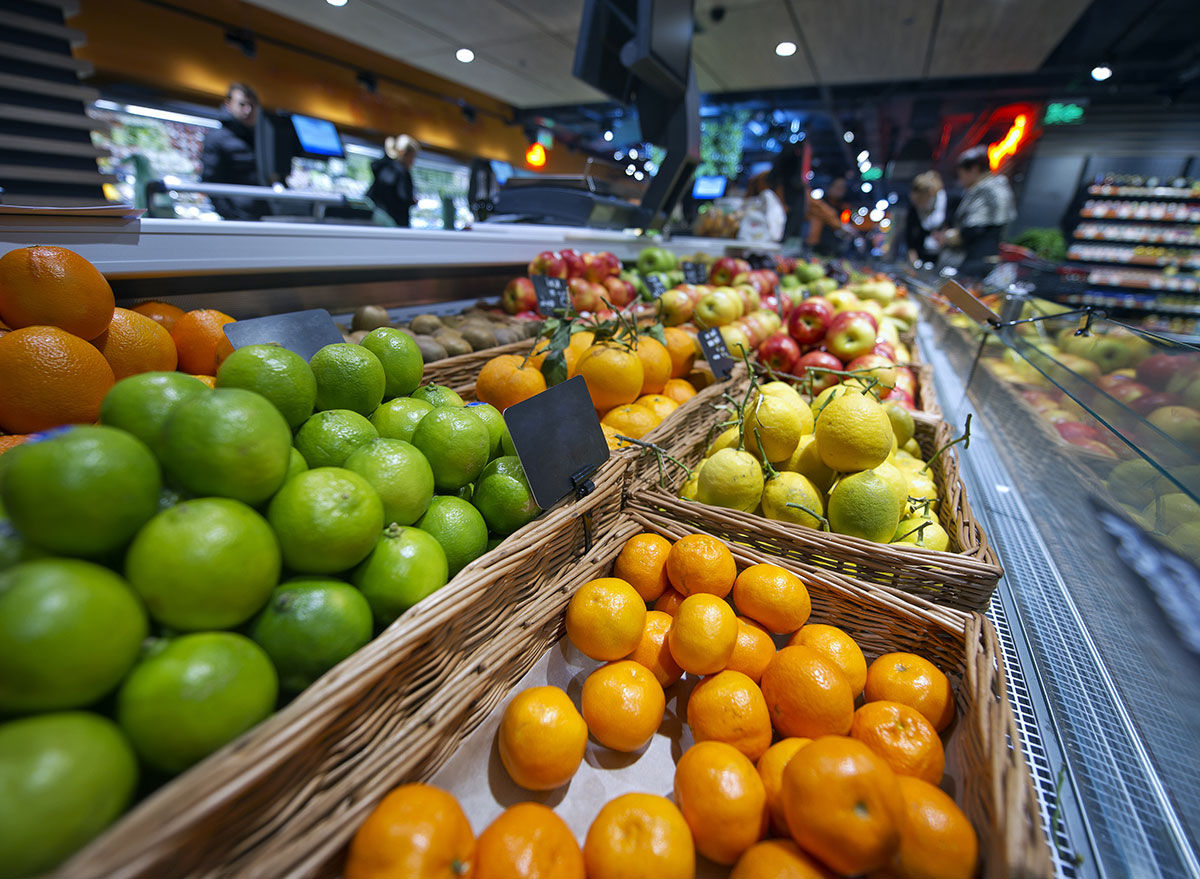90% of This Fruit Contains Harmful Toxins, New Report Finds

Almost 90% of all citrus fruits contain toxins, according to a new report from the Environmental Working Group (EWG).
The consumer advocacy group tested 25 samples of non-organic grapefruits, lemons, mandarins, and oranges for pesticide residues used to extend shelf life. Imazalil and thiabendazole, two hormone-disrupting fungicides, were found on almost 90% of the samples. (Related: The 7 Healthiest Foods to Eat Right Now)
Imazalil may cause cancer, as well as harm both the endocrine and reproductive systems. The highest levels of this fungicide were detected on the clementines, grapefruit, and oranges.
"The average level of imazalil was about 20 times higher than what EWG scientists would recommend is a safe level for children to protect against increased cancer risk," EWG toxicologist Alexis Temkin, Ph.D., tells Eat This, Not That!. "Imazalil is a fungicide that is classified by the EPA as a likely human carcinogen. It can also change hormone levels in animal studies."
EWG also tested two organic oranges and one grapefruit, but none showed any detectable signs of fungicides. According to Temkin, organic citrus fruits are the best choice to reduce your exposure to fungicides. "Additionally," she says, "choosing domestically produced citrus may have lower levels of fungicides than imported samples."
At the end of the day, Temkin still recommends that you and your loved ones always eat lots of fruits and vegetables, whether conventional or organic. Simply opt for the latter if you have the choice.
For more, here are the 7 Must-Buy Foods on a Healthy Grocery List, According to a Dietitian. To get all of the latest grocery store news delivered straight to your email inbox every day, sign up for our newsletter!








